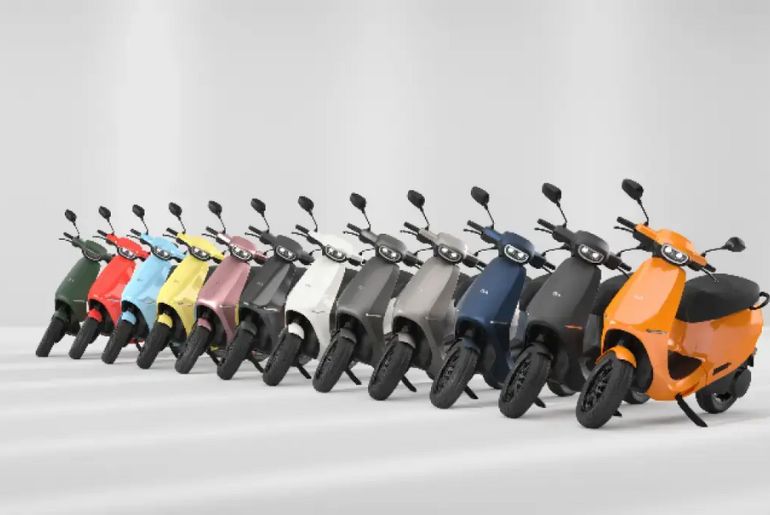With great excitement, Ola Electric Datalabs went public on the stock exchanges in August 2024, raising over INR 5,500 Cr to fund future expansion and the development of its entire electric vehicle stack. A few days later, Bhavish Aggarwal presented Ola Electric’s ambitious intentions, laced with some dubious allegations. This is significant because of what we shall see subsequently.
However, Ola Electric is now thinking about raising additional money not even a year after that IPO in an attempt to get back on track following months of sluggish growth, growing regulatory scrutiny over sales claims, and a significant decline in the stock price. Additionally, the company run by Bhavish Aggarwal has lost its leading position in the EV market.
In April 2025, TVS Motor overtook Ola Electric as the market leader in the electric two-wheeler segment, according to data from the government-run Vahan portal. With a market share of 21.46%, the Bengaluru-based business registered 19,709 automobiles last month, a 42% decrease from the previous year.
The second rise in ten months for Ola Electric
The present plans to raise INR 1,700 Cr in one or more tranches through non-convertible debentures (NCDs) and other acceptable debt securities have been authorised by Ola Electric’s board. Other specifics, such as the intended use of the profits, were not disclosed, though.
So, what brings Ola Electric back to the fundraising table so soon after its massive IPO raise?
It’s unclear what the answer is. According to ratings agency ICRA, Ola Electric has not even used all of the money from their initial public offering (IPO) as of March 2025.
For one, the company earned around INR 54 Cr in interest income in ten months, with over half of the INR 5,500 Cr obtained in the IPO remaining in bank accounts and fixed deposits.
Specifically, INR 1,200 Cr of the amount raised was to be used to increase Ola Electric’s battery cell production plant’s capacity from the 1.4GWh test capacity to 5GWh by February 2025. By April 2025, the company promised to further expand capacity to 6.4GWh.
The start of commercial production is delayed, according to ICRA. “Risks of timely execution of subsequent expansion phases, demand/offtake, supply chain, and technology obsolescence” still affect the project.
Ola Electric may be at risk from this. By the end of 2026, the company must raise its operational capacity to 20GWh under the production-linked incentive system for cell manufacturing. It might forfeit its portion of the INR 18,000 Cr PLI scheme if this doesn’t happen.
In addition, Bhavish Aggarwal made lofty statements in August of last year, just after the IPO, including the goal of constructing the largest 100 GWh gigafactory in the world in India. The business has had difficulty approaching even 5% of this figure thus far. Considering Ola Electric’s focus on owning the entire EV stack, this is without a doubt one of the company’s largest obstacles.
Since Ola Electric’s plans to boost its profit per unit sold depend on its in-house cells and batteries, scaling up cell and battery manufacturing is essential.
In light of all of this, ICRA reduced Ola Electric’s credit rating for short-term loans and bank guarantees from A (NEGATIVE) to BBB+ (NEGATIVE), which does raise investor risk, even for NCDs.

